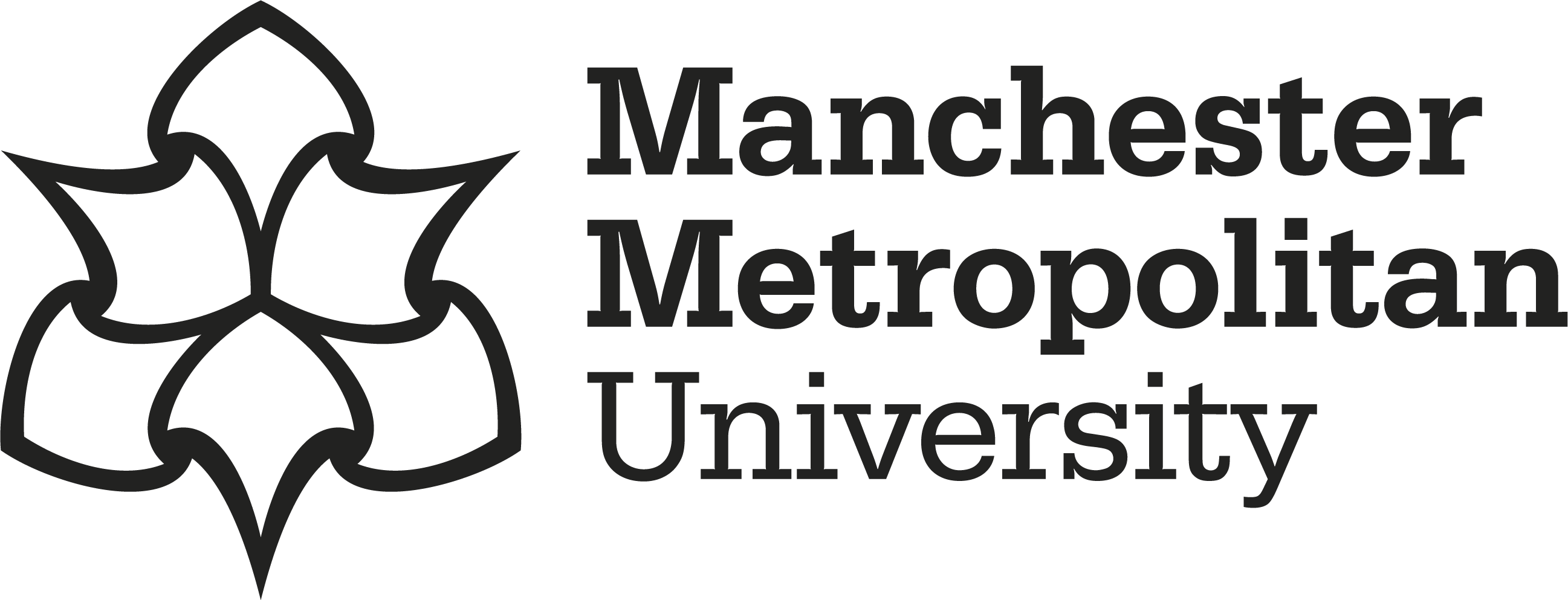Litwińczuk, Marta Czime 



|
Published Version
Available under License Creative Commons Attribution Non-commercial No Derivatives. Download (3MB) | Preview |
|
|
Accepted Version
Available under License Creative Commons Attribution. Document DOI: https://doi.org/10.23634/MMU.00639317.03126403 Download (5MB) | Preview |
Abstract
Introduction In a previous study, we examined the effect of atDCS on working memory task performance and modulation of the inhibitory neurotransmitter, gamma-aminobutyric acid (GABA), in the dorsolateral prefrontal cortex (dlPFC). The present study investigates whether tDCS modulates effective connectivity during the task, specifically assessing whether tDCS alters interactions between neuronal populations. Methods Eighteen adolescents with Neurofibromatosis Type 1 (NF1) completed a single-blind sham-controlled cross-over randomised tDCS trial (with the anode at F3 and cathode at Cz). Dynamic causal modelling was used to estimate the effective connectivity between regions that showed working memory effects from the fMRI. Group-level inferences for between sessions (pre- and post-stimulation) and stimulation type (tDCS and sham) effects were carried out using the parametric empirical Bayes approach. A correlation analysis was performed to relate the estimated effective connectivity parameters of left dlPFC pre-tDCS and post-tDCS to the concentration of GABA measured via magnetic resonance spectroscopy (MRS-GABA). Next, correlation analysis was repeated using all working memory performance and all pre-tDCS and post-tDCS connectivity parameters. Results It was found that tDCS decreased average excitatory connectivity from dlPFC to left superior frontal gyrus and increased average excitatory connectivity to left globus pallidus. Further, reduced average intrinsic (inhibitory) connectivity of left dlPFC was associated with lower MRS-GABA. However, none of the connectivity parameters of dlPFC showed any association with performance on a working memory task. Conclusions These findings suggest that tDCS reorganised connectivity from frontal to fronto-striatal connectivity. As tDCS-related changes were not specific to the effect of working memory, they may have impacted general cognitive control processes. In addition, by reducing MRS-GABA, tDCS might make dlPFC more sensitive and responsive to external stimulation, such as performance of cognitive tasks.
Impact and Reach
Statistics
Additional statistics for this dataset are available via IRStats2.


